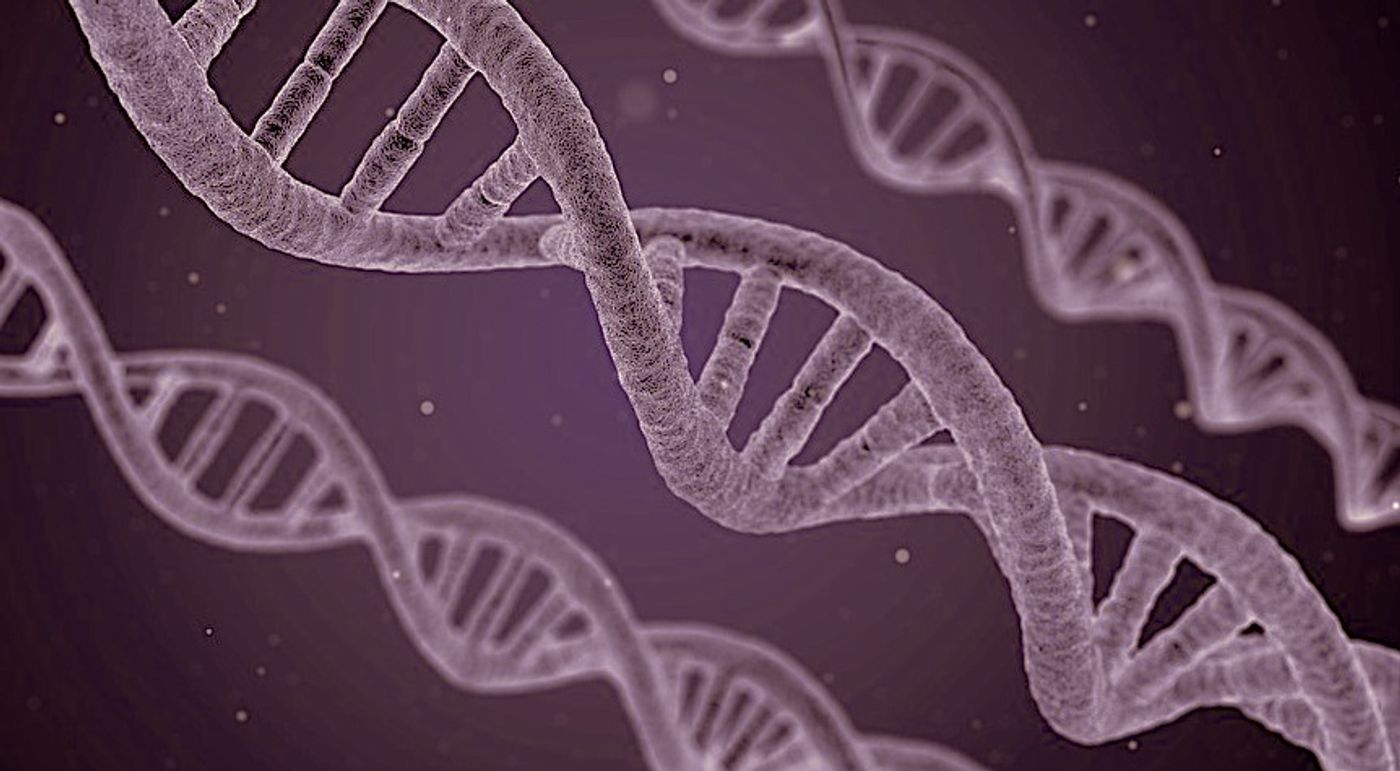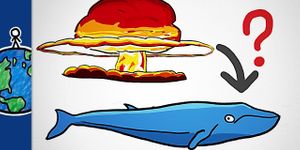Small Variations Create Bigger Differences Than Realized
So by now it is common knowledge that we carry around DNA that is unique to each of us, which acts as a blueprint for building our bodies. And while everyone tends to carry more or less the same genes, there are tiny variations within those genes that create differences between us. New work published in Scientific Reports suggests that those variations create much bigger variations from person to person than was known, and could help bring personalized medicine closer to reality.
In every cell, the genetic material encodes for proteins. The genes are made up of nucleotides, and every three nucleotides is a code for one amino acid. Amino acids are used to build the roughly 20,000 proteins that carry out the essential functions of life. Those proteins do the majority of work in our cells, like growth, metabolism or regeneration.
By analyzing the blood samples of an incredible 60,000 people, scientists were surprised to find that fairly large differences exist between the proteins of healthy people when directly compared. There are around 20,000 variations at the level of individual amino acids, called single amino acid variants or SAVs, in two different non-related people. Collaborators in the MacArthur Lab in the U.S. assembled around 10 million of these SAVs.
"Until now, many experts believed most of these variants to have no substantial impact upon protein function," explained Professor Burkhard Rost, Chair for Bioinformatics and Computational Biology at the Technical University of Munich (TUM). However, an analysis has actually been done for only 0.01 percent of SAVs. As such, it is strictly an assumption.
The scientists at TUM aimed to predict what effects would result from the SAVs by using computer simulations. A program utilizes data obtained from lab experiments to determine the likely impact of the 99.99 percent of SAVs that have not been characterized.
"Along with statistical methods, we use artificial intelligence, and in particular machine learning and neural networks. That enables us to create models," explained lead author Yannick Mahlich.
The investigators found a surprise - millions of the SAVs were predicted to have significant impacts. Their work showed that more common sequence variations (those seen in over five percent of people) probably have a bigger effect than rare variations (carried by less than five percent of the population).
This work is limited however, in that it is purely computational, so the exact influence of each variation is not known. They could be helpful by improving or conferring abilities, or harmful by leading to disease. "None of these effects might be detected in everyday life," explained Prof. Rost. "But under certain conditions some of them could become significant, for example when we are given a certain drug or are exposed to a certain influence for the first time."
He suggested that the variations may not be easily categorized as positive or negative, and may depend upon the conditions presented to the individual by their environment.
"The comparison of the effects of the variations between individuals as well as between humans and related species suggests that every species tries out many variations. Research into the effects of variations on the structure and function of proteins is just getting started," said Rost. He is looking ahead with this work.
"The capabilities already exist to use DNA to discover the function of individual proteins. In the future we will also be able to use that information to determine the best foods and drugs for the individual,” he concluded.
Check out Professor Rost discussing his work in the video.
Sources: AAAS/Eurekalert! via TUM, Scientific Reports









